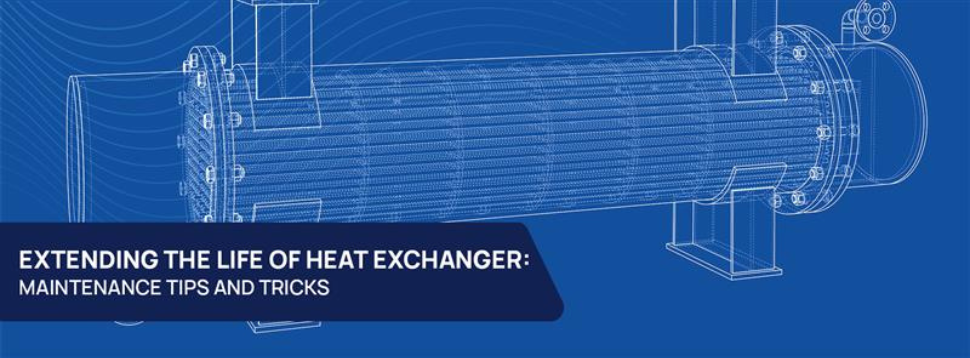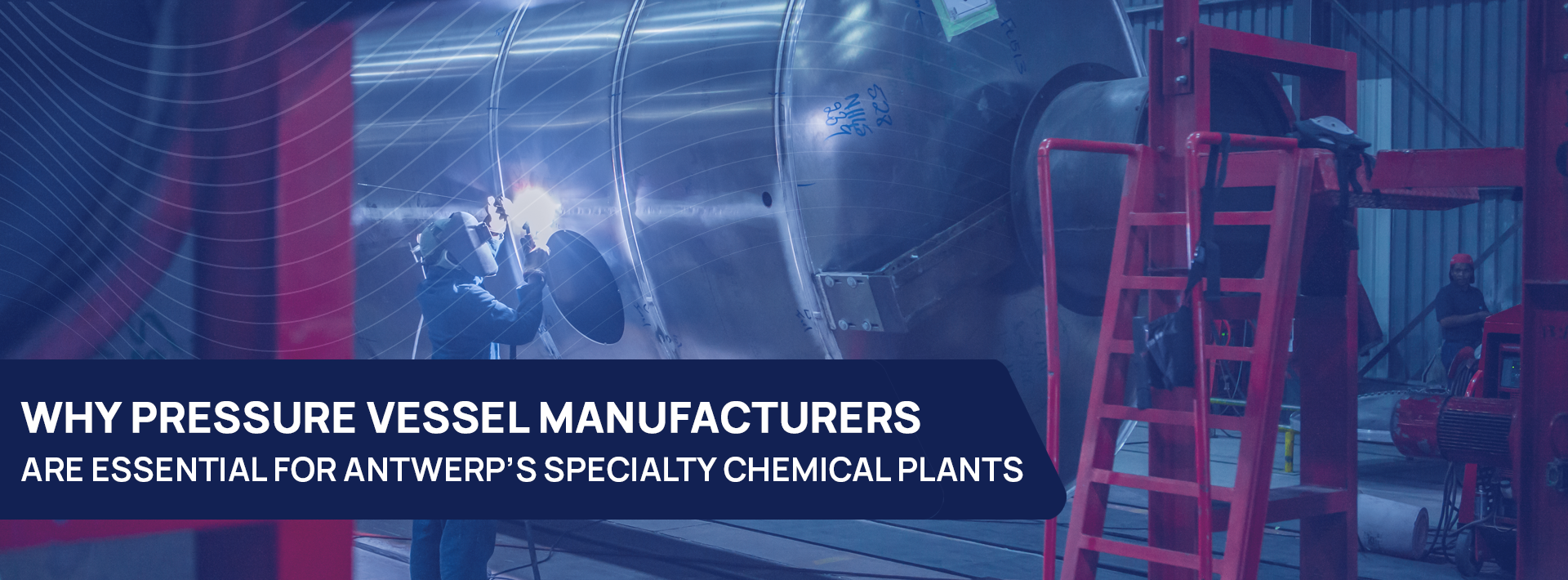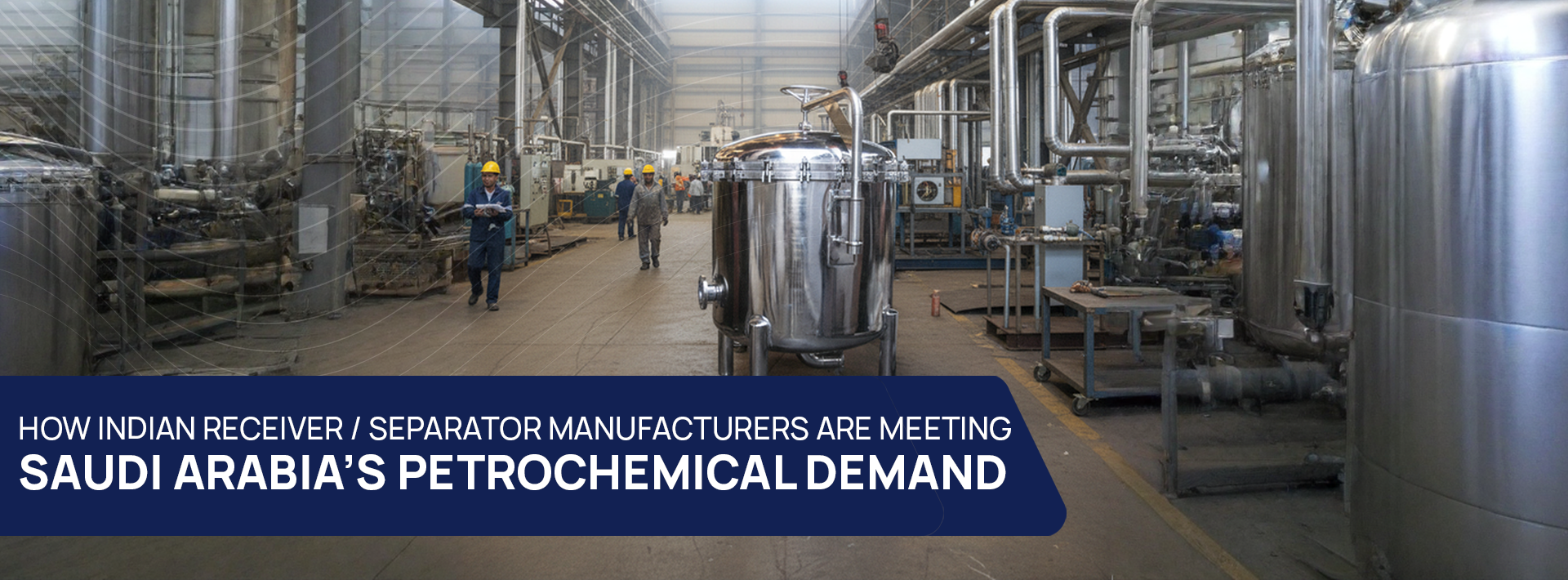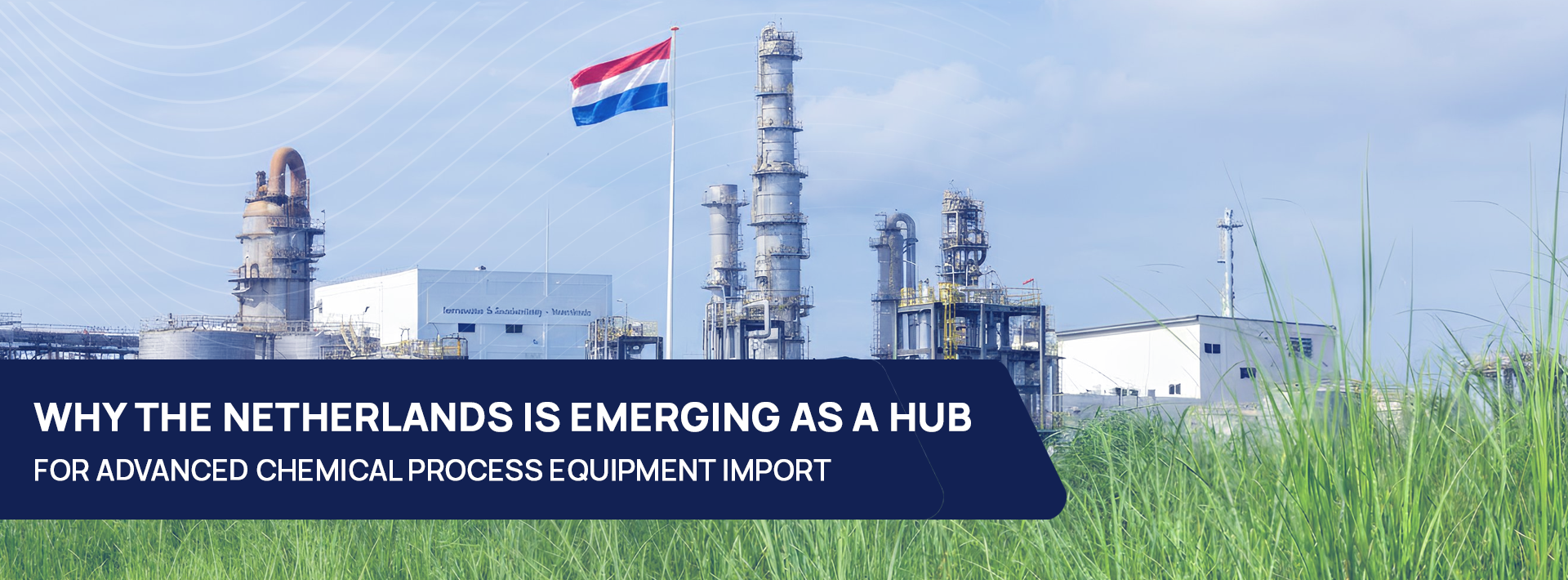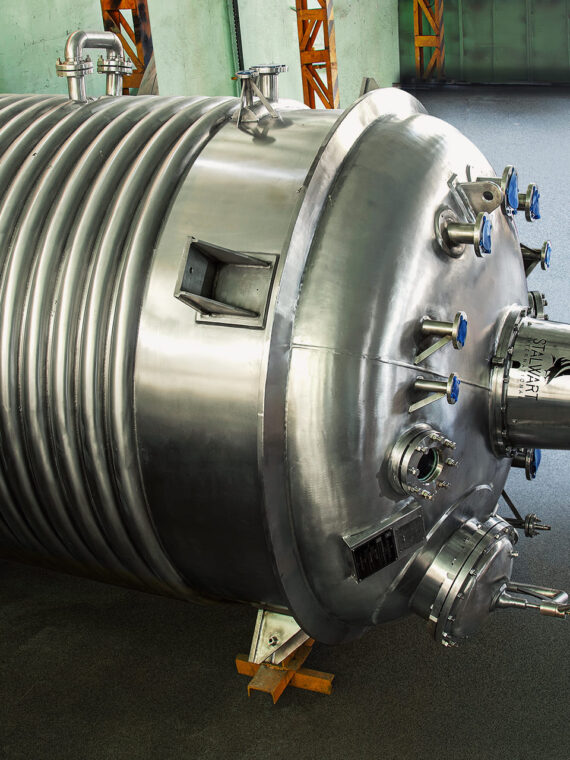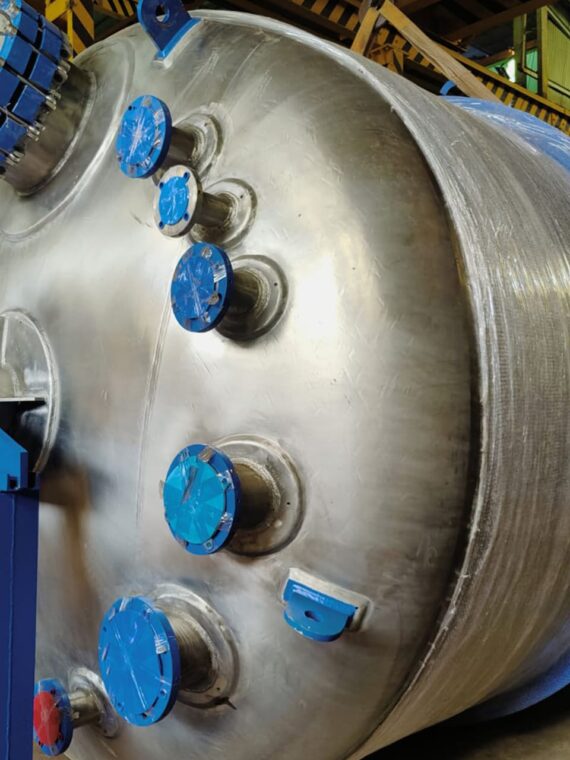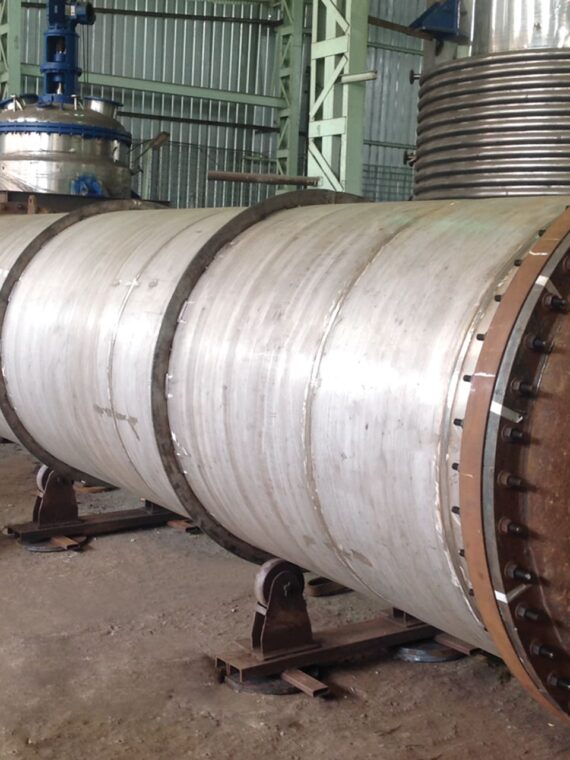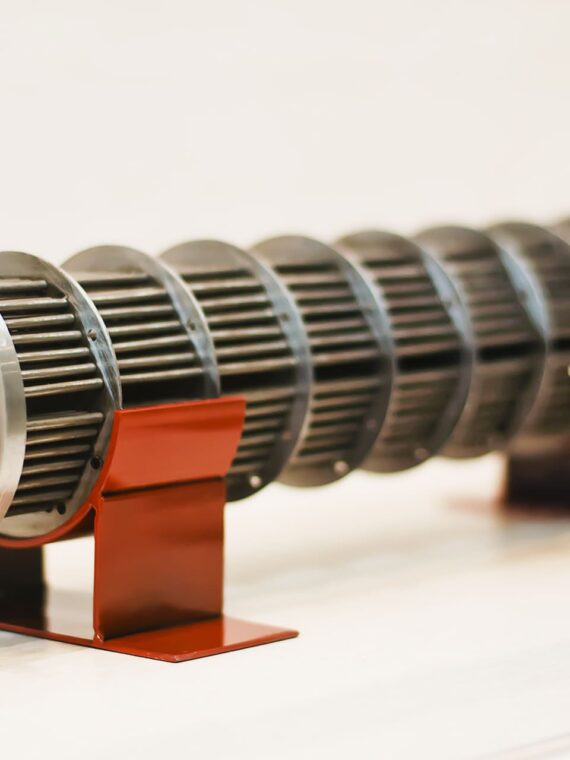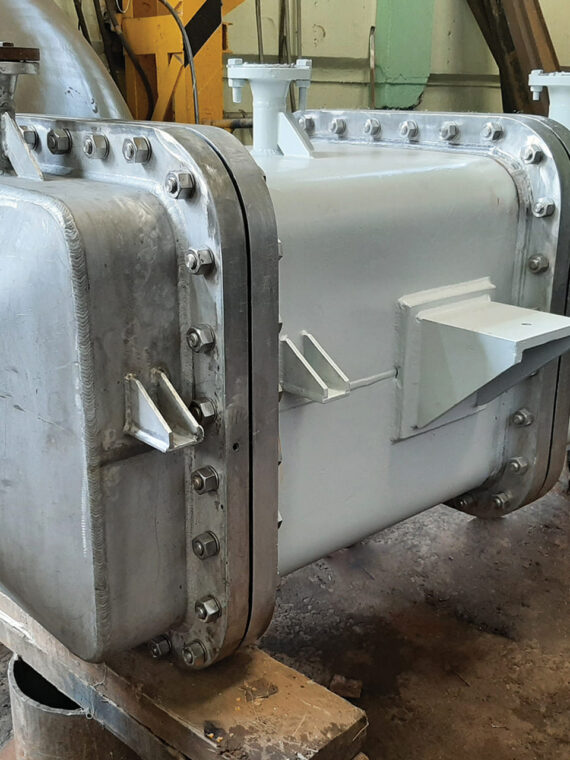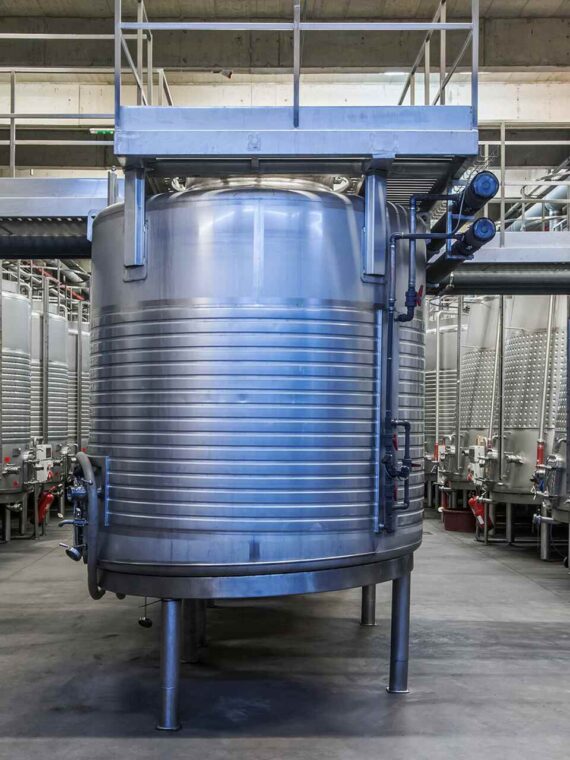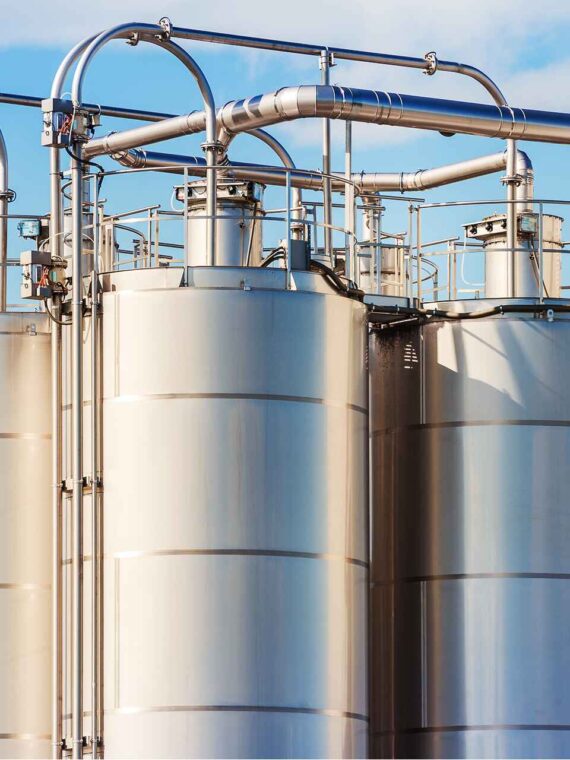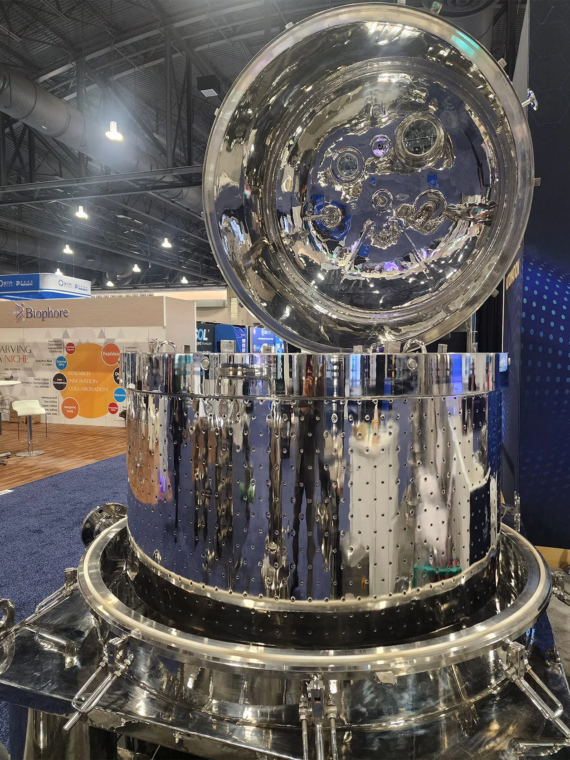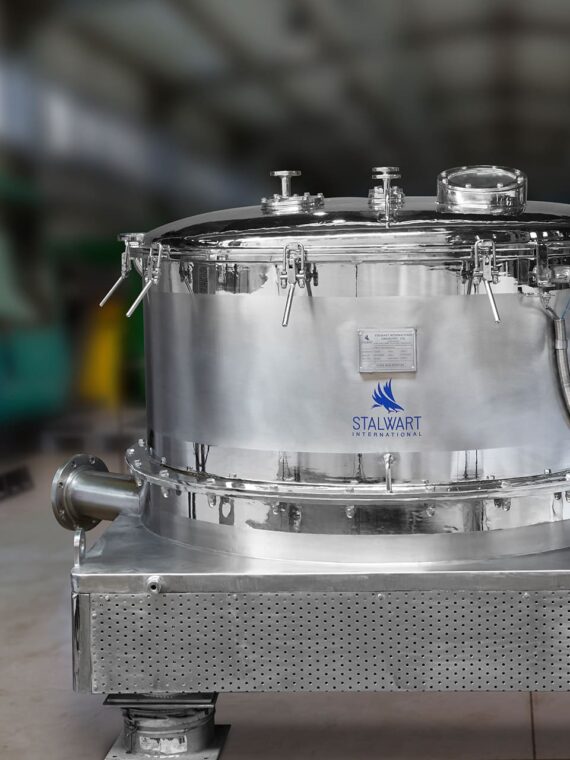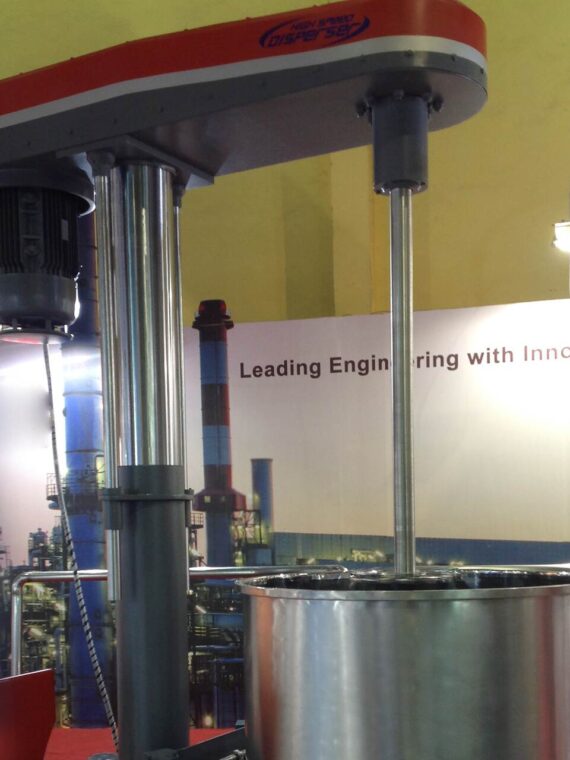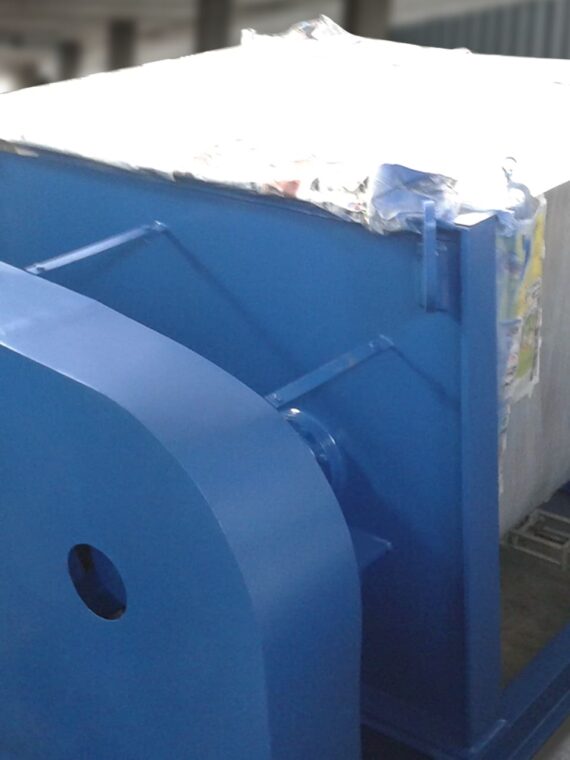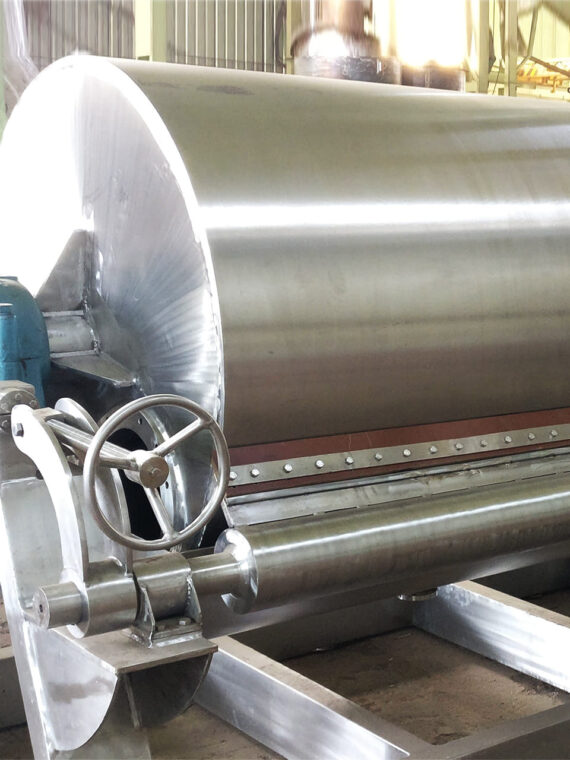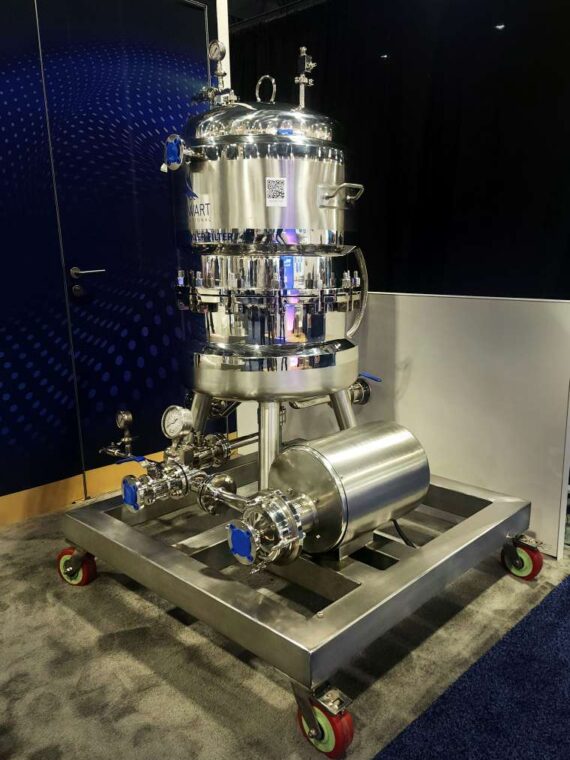Heat Exchangers Play An Important Role In Most Industries, Including Chemical Processing, Oil And Gas, Power, Hvac Systems And Food Production. Such Devices Are In Charge Of The Effective Exchange Of Heat Between Two Fluids, And With Proper Maintenance, They Can Be Used For Years. However, Like All Industrial Equipment, They Should Be Maintained To Work As Well As They Can And Avoid Costly Breakdowns. This Blog Offers Tried And Tested Maintenance Hints And Tricks That You Can Rely On In Case You Are Interested In Extending The Life Of Your Heat Exchanger, Increasing Energy Efficiency, And Reducing Downtimes During Operations.
Why Heat Exchanger Maintenance Matters
A Properly Maintained Heat Exchanger Will Not Only Improve The Efficiency Of Your System But Also Avoid Severe Problems Of Internal Corrosion, Pressure Drop, Scale Formation And Leaks. Lack Of Maintenance May Result Into:
- Increased Energy Costs Of Poor Heat Transfer
- Sudden Outages And Outages
- High Costs Of Repair Or Replacement
- Sensitive Processes Contamination
This Is Why It Is Essential To Implement A Preventive Maintenance Program: To Increase The Life Of Your Heat Exchanger And Ensure The Reliability Of Your Operations.
The good news? With a few strategic practices, you can dramatically improve the lifespan and performance of your heat exchanger. Below are some essential maintenance tips and tricks—tested and trusted across industries—that you can implement to keep your heat exchanger in top condition.
You May Also Like: Factors to Consider While Choosing a Heat Exchanger
1. Clean Your Heat Exchanger Frequently.
Fouling, The Deposition Of Dirt, Scale, Oil, Etc., On The Surfaces Of Heat Exchangers Is One Of The Most Prevalent Factors That Cause Performance Problems In Heat Exchangers. This Accumulation Decreases Thermo Efficiency And Pressure Drop.
Recommended Methods Of Cleaning:
- Mechanical Cleaning: This Is A Procedure Involving The Removal Of Hard Deposits By Scraping, Brushing Or High-Velocity Water Jets.
- Chemical Cleaning: The Unit Can Be Cleaned Using Chemical Cleaning Agents Or Descalers Without Dismantling Tit
- Clean-In-Place (Cip): Cip Is Appropriate To Use With Shell-And-Tube Or Plate Heat Exchangers And Allows Cleaning The Inside Without Dismantling The Exchanger, Thereby Reducing Downtime.
Pro Tip: The Intensity Of Cleaning Will Depend On The Type Of Fluid Used And Working Conditions. To Establish The Most Suitable Time To Clean The Monitor, Check On The Factors That Lead To Monitor Fouling.
You May Also Like: Timely Cleaning of Heat Exchanger for Peak Performance
2. Track Major Operating Parameters
It Is Important To Monitor Temperature Differentials, Pressure Drops And Flow Rates Closely To Identify Problems Before They Become Serious.
- A Sudden Rise In Pressure Drop Across The Unit Is An Indication Of Fouling Or Blockage.
- Decreased Thermal Performance May Be An Indication Of Internal Scaling, Corrosion, Or Leaking Tubes.
- The Abnormal Flow Rates Can Be An Indication Of Pump Problems Or Valve Problems.
Pro Tip: Use Digital Sensors And Remote Monitoring To Keep Records Of Your Performance In Real Time. This Can Be Used To Identify Abnormalities In Time So That Maintenance Can Be Carried Out At The Right Time.
3. Replace And Inspection Gaskets
Gaskets In Plate-Type Heat Exchangers Are Used As Plate-To-Plate Sealants. Eventually, These Gaskets Fail Due To High Temperature, Chemicals, Or Cyclic Pressure.
Watch For:
- Brittle Gasket Material; Cracks In Gasket Material
- Sewage Around Seals
- Distorted Or Out-Of-Place Gaskets
Pro Tip: To Increase Service Life, Always Use Gaskets Made Of Compatible Material That Fits Your Application, Such As Epdm, Nbr, Or Viton.
4. Hinder Internal And External Corrosion
Corrosion Is One Of The Silent Killers In Heat Exchangers, Particularly In Those That Deal With Aggressive Or Corrosive Fluids.
Methods Of Preventing Corrosion:
- Apply Less Corrosive Materials Such As Stainless Steel, Titanium Or Hastelloy.
- Use Protective Coating Where It Is Essential.
- Put Corrosion Inhibitors In Fluid Streams.
- Keep Ph Neutral And The Flow Conditions Right.
Pro Tip: Schedule Periodic Inspections Conducted Using Nondestructive Testing (Ndt) Methodology (Such As Ultrasonic Testing Or Dye Penetrant Testing) To Identify The Presence Of Corrosion At An Early Stage And Avoid Disastrous Failure.
5. Routine Leak Detection
A Heat Exchanger Can Leak, Which May Cause Product Contamination, Loss Of Pressure And, In Some Cases, Safety.
Leak Testing Techniques:
- Hydrostatic Testing
- Pressure Testing Of Air
- The Dye Penetrant Testing
- Joints, Welds, Gaskets And Tube Sheets Should Always Be Given Extra Attention.
Pro Tip: If Your System Contains High-Pressure Or Hazardous Fluids, Include Leak Detection In Your Quarterly Or Bi-Annual Maintenance Routine, At Least.
6. Make Sure You Have A Proper Installation And Alignment
Poor Mechanical Support Or Incorrect Alignment During Installation May Cause Stresses On The Components, Leading To Cracks, Leaks, Or Damage To The Tubes With Time.
Installation Checklist:
- The Heat Exchanger Is Set On A Flat, Non-Vibrating Base.
- The Connections Of The Pipes Are Well-Aligned And Not Strained.
- Thermal Growth Is Absorbed By Means Of Expansion Joints Or Flexible Connectors.
Pro Tip: Never Ignore The Manufacturer’s Instructions On How To Install Their Products, And Always Seek The Services Of Trained Personnel To Do The Initial Installation.
7. Use Detailed Maintenance Log
Monitoring All Maintenance Will Also Allow You To Schedule Preventative Maintenance More Easily And See Trends Or Frequent Problems.
Incorporate Such Information As:
- Cleaning Timetables
- Replacement Of Gaskets
- Inspection Result
- Pressure And Temperature Values
- History Of Repair
Pro Tip: Automate Reminders, Record Data And Produce Performance Reports With A Computerized Maintenance Management System (Cmms).
You May Also Like: Strategies for Peak Heat Exchanger Performance
Conclusion:
The issue of prolonging the life of your heat exchanger is not just about preventing breakdowns — it’s about achieving optimized performance, energy savings, and long-term cost reductions. A well-maintained heat exchanger operates more efficiently, which can significantly benefit your operations.
With constant supervision, frequent cleaning, active inspection, and a comprehensive maintenance plan, you can ensure your equipment delivers peak performance for years to come. Whether you’re running a large-scale processing plant or managing an HVAC system, these heat exchanger maintenance tips can go a long way in improving both reliability and efficiency.
Partnering with an experienced Chemical Process Equipment Manufacturer in Saudi Arabia can further enhance your maintenance strategy. They offer expert guidance, quality materials, and advanced solutions that align with local operational requirements, ensuring your system stays efficient and durable in demanding environments.
FAQs
1. What maintenance is required on a heat exchanger?
Regular maintenance is essential to ensure optimal performance and long service life of a heat exchanger. Key maintenance tasks include routine inspection for leaks or corrosion, checking temperature and pressure levels, cleaning fouled surfaces, tightening loose connections, and replacing worn-out gaskets or seals. Preventive maintenance should be scheduled based on the operating environment and frequency of use, ensuring minimal downtime and maximum efficiency.
2. How to maintenance a heat exchanger?
To maintain a heat exchanger effectively, follow a structured plan:
- Shutdown the system safely and isolate the exchanger.
- Inspect all accessible components for wear, scaling, or leaks.
- Clean the internal and external surfaces as needed (mechanical or chemical methods).
- Check connections and gaskets for damage and replace if necessary.
- Monitor flow rates and performance indicators to catch early signs of fouling or inefficiency.
Professional servicing may be required periodically depending on the exchanger type and industrial application.
3. How do you clean a heat exchanger?
Cleaning a heat exchanger can be done using several methods:
- Mechanical cleaning: Using brushes or scrapers to remove scale and debris from tubes or plates.
- Chemical cleaning (CIP – Clean-in-Place): Circulating cleaning agents to dissolve scale, oil, or biological fouling.
- Hydroblasting or pressure washing: High-pressure water jets for tough residues.
Always follow manufacturer recommendations and ensure the cleaning method suits the material and fouling type to prevent damage.
4. What is the importance of a heat exchanger?
A heat exchanger is a critical component in many industrial and HVAC systems. It allows efficient transfer of heat between two fluids without mixing them, contributing to energy savings, improved process control, reduced operational costs, and overall system efficiency. In industries like chemical processing, power generation, and food manufacturing, heat exchangers are vital for maintaining temperature balance and ensuring safety and performance.
5. What happens if you don’t clean the heat exchanger?
Neglecting to clean a heat exchanger leads to fouling—accumulation of scale, sludge, or debris—which reduces thermal efficiency, increases energy consumption, and causes higher operating pressures. Over time, this can result in overheating, equipment damage, unexpected shutdowns, or complete system failure. Regular cleaning is essential to avoid costly repairs and maintain reliable, safe operation.
6. How often should a heat exchanger be serviced?
Service frequency depends on the application, operating environment, and the type of fluids involved. For critical or high-usage systems, servicing every 6 to 12 months is recommended. However, in cleaner environments or less demanding operations, annual maintenance may be sufficient. Monitoring performance indicators such as pressure drop, outlet temperature, or flow reduction can also help determine the right servicing interval.


